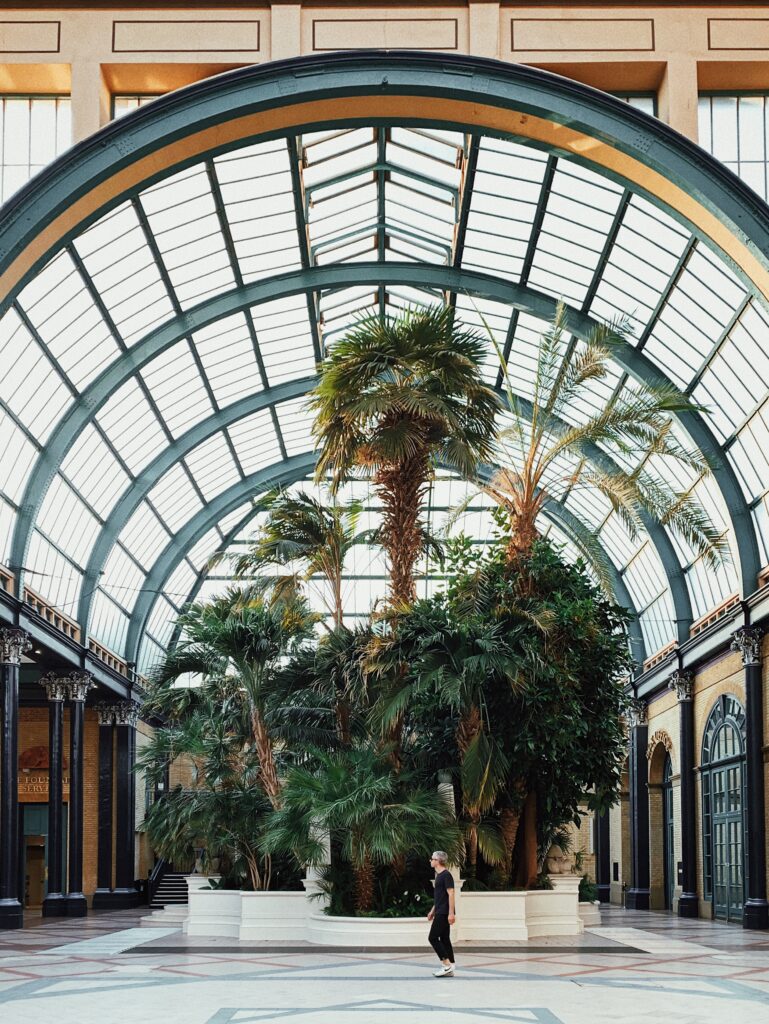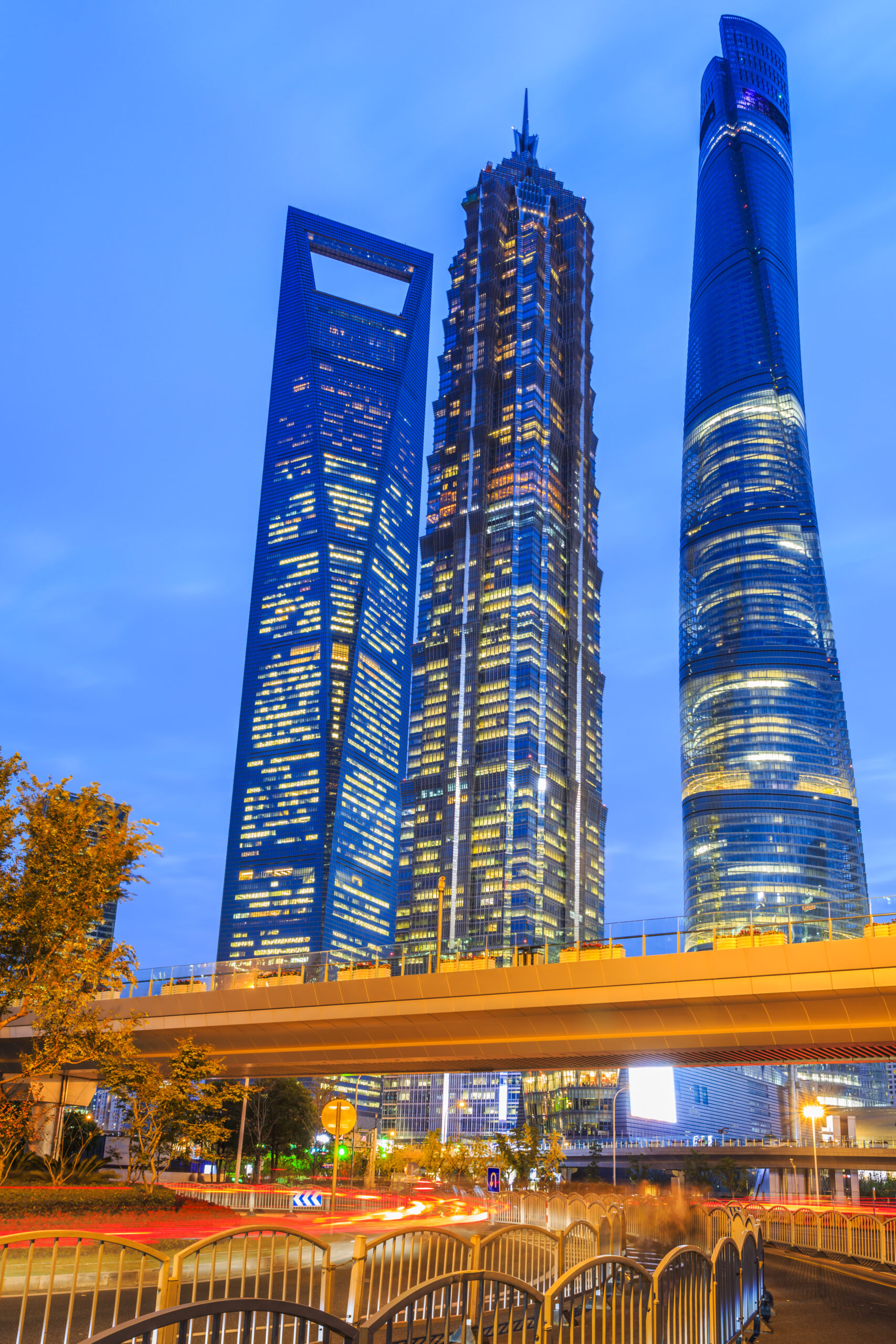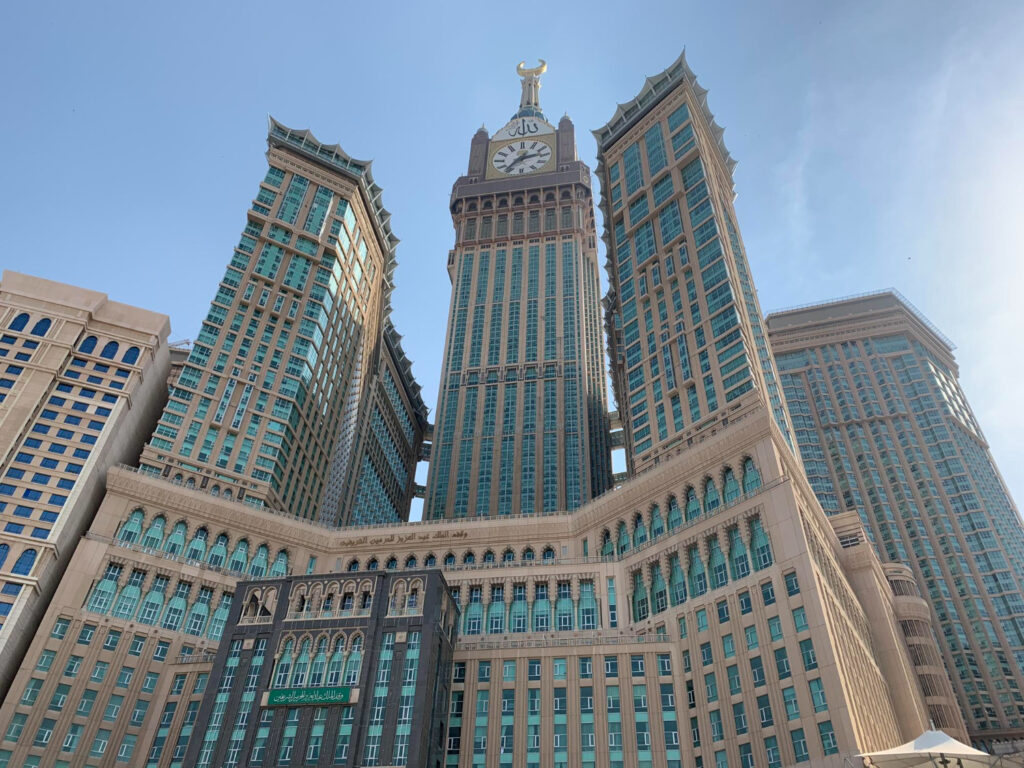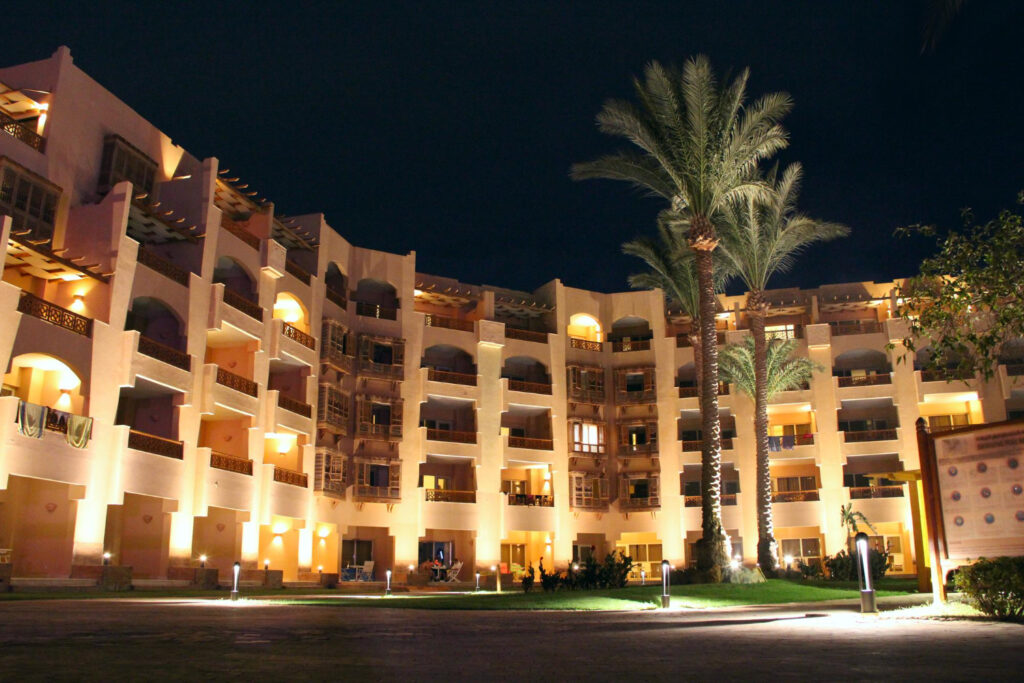At Explore Planet Foundation, our mission to connect people with places in meaningful ways. When we first walked through Riyadh’s bustling streets, we saw more than skyscrapers and highways: we saw a city in conversation with its past and its future. As the team behind this guide, we want to share how we experience Riyadh every day, so you can plan a visit that is both enlightening and respectful.
Stepping Back in Time: Diriyah’s Living Legacy
On the outskirts of modern Riyadh lies Diriyah, the birthplace of Saudi Arabia and the original capital of the House of Saudi. The crown jewel here is At‑Turaif, a UNESCO World Heritage Site built in the 15th century that showcases the Najdi architectural style. Its mud‑brick walls and winding alleys aren’t museum replicas; they’re preserved homes and palaces that once served as the seat of power. Strolling through At‑Turaif, we often imagine what life was like when traders and scholars passed through these gates. Today, Diriyah is being restored with Vision 2030 funding, mixing traditional design with modern urban planning. Water conservation, energy efficiency and climate‑resilient landscaping are built into the project. For us, Diriyah is a living classroom where heritage inspires progress.
A Skyline on the Rise
Riyadh’s city centre tells a different story, one written in steel and glass. Over the past two decades a high‑rise construction boom has given the capital one of the most impressive skylines in the Middle East. Around 100 skyscrapers have been built since 2014, with the Public Investment Fund (PIF) Tower standing tallest at 385 metres. We marvel at this transformation whenever we host visiting partners. The city’s growth symbolizes economic diversification and openness to global ideas.
Yet it also raises questions: How do you honour a 600‑year history while pursuing ambitious urban development? To us, the answer lies in mindful planning—like the Diriyah project, which seeks to be both a cultural hub and a walkable, sustainable district.The contrast between Diriyah’s mud bricks and Riyadh’s shimmering towers is part of the city’s charm. We encourage travellers to embrace both.
Culture, Curated

The National Museum of Saudi Arabia offers an ideal starting point for understanding this contrast. Designed by architect Raymond Moriyama, the building’s sandstone façade bridges modern aesthetics with traditional forms. The museum integrates environmentally friendly materials, reflecting a commitment to sustainability. Inside, exhibitions tell the story of Saudi Arabia from prehistoric times through the rise of Islam and into the 20th century. Interactive displays, educational workshops and guided tours help visitors contextualize what they see in the streets. When we escort student groups to the museum, we watch them connect the dots between artifacts and architecture across the city. It’s a reminder that every monument, old or new, contributes to a larger narrative.
Sustainability and Vision 2030
Our foundation is particularly inspired by how Riyadh’s leadership is embedding sustainability into development. The Diriyah project exemplifies this ethos: It features initiatives focused on water conservation and energy efficiency, making the city more resilient to climate change. Parks and green corridors are replacing some paved areas, and the master plan aims to encourage walking and cycling.
We often collaborate with local organisations to support tree‑planting drives and waste reduction campaigns. Choosing to stay at eco‑friendly hotels and using refillable water bottles are small actions that collectively support these efforts.
Practical Wisdom from the Field
- Best Times to Visit: Riyadh has a hot desert climate. Summers are extremely hot, with August highs averaging 43.6 °C. Winters are warm by day and cool at night. Rain is rare, except in March and April. Dust storms can occur suddenly. Our tip: visit between November and March. If you travel in summer, schedule indoor activities midday and carry a scarf to protect against dust.
- Cultural Etiquette: Modesty in dress and respect during prayer times are appreciated. Men should avoid shorts; women can wear loose, lightweight clothing. A simple “Salaam alaikum” (peace be upon you) goes a long way in making friends. Many public places pause during prayer; use this time to reflect, hydrate or enjoy your surroundings quietly.
- Transport: Ride‑hailing apps are widely available, but traffic can be heavy during rush hour. New metro lines and buses make it easier to reach Diriyah and other districts. We recommend staying near attractions to minimize travel time.
- Staying Healthy: Dehydration is a real risk. Always carry water and take breaks indoors. Dust masks or scarves are useful if a sandstorm kicks up unexpectedly
Choosing Where to Rest
A trip to Riyadh should balance exploration with comfort. Here’s how we categorize stays for our partners and volunteers:
- Business and Cultural Access:
Located near key business districts, it offers modern amenities and meeting spaces while still placing you close to cultural sites. When we host conferences or workshops, we appreciate the hotel’s quiet lounges and responsive staff.
- Heritage Immersion:
This property lies near Al‑Murabba and Al‑Turaif, and its architecture evokes mid‑20th‑century Saudi elegance. The gardens and shaded walkways remind us of the oasis settlements that preceded the city’s expansion. For travellers prioritising heritage, this location reduces travel time and maximizes time spent in Diriyah or the National Museum.
- Eco‑Forward Lodging: Explore urban sustainability.
These properties integrate sustainable technologies like solar panels, grey‑water recycling and natural ventilation, to reduce their footprint. We encourage guests to ask questions about hotel practices and to reuse linens, avoid single‑use plastics and support in‑house sustainability initiatives.
- Supporting Urban Greening:
If you want your stay to make a tangible difference, consider hotels that participate in reforestation and urban greening programmes. Support Greening gives you access to properties that donate a portion of bookings to local environmental projects. On your down days, join a tree‑planting event or community garden workshop; it’s a powerful way to give back.
- Tranquil Retreats:
Sometimes our team members need a break from the city’s pace. Such Retreats connects you to resorts near Wadi Hanifah or on the outskirts of Diriyah. These properties combine modern design with natural surroundings, offering walking paths, small farms and outdoor meditation spaces. They demonstrate how luxury and sustainability can coexist.
Why We Share Riyadh
Riyadh isn’t a city that reveals itself all at once. It rewards patience and curiosity. Our work with communities across Saudi Arabia shows us daily that heritage and innovation aren’t opposites; they are threads woven into the fabric of modern life. We hope this guide helps you plan a visit that feels authentic and enriching. By choosing eco‑friendly accommodations, supporting green initiatives and respecting local customs, you become part of Riyadh’s story—and help ensure it’s one of resilience and respect.


